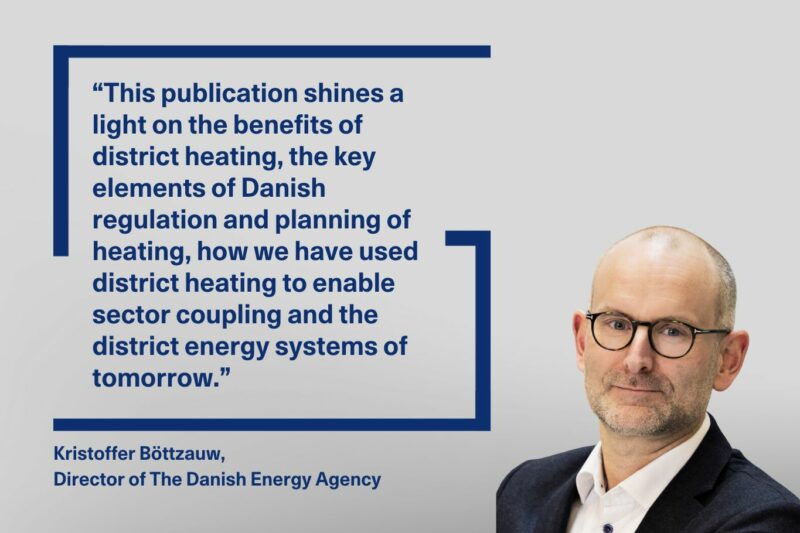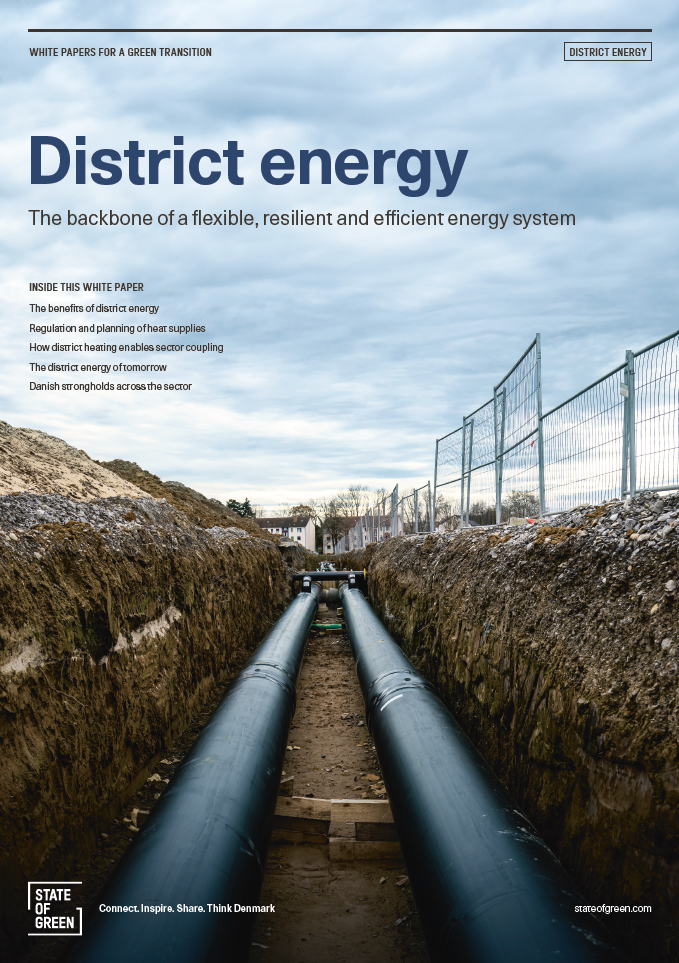News
Combined heat and power production
District heating
Agreement on Energy Efficiency Directive adopting 35 years of Danish Experience within DH and CHP


In our news from august 2011 we explained how this directive has adopted 35 years of positive experience from Denmark on how to develop the district heating infrastructure as a natural part of the urban planning and how to ensure that all new power capacity is located near cities which can use the surplus thermal heat.
Therefore we are pleased that the European parliament and the Council have entered this agreement and look forward to take part in the implementation
We believe that the most important mechanisms in the directive could be the two principles to be introduced in the energy supply sectors, namely:
- That member states shall adopt national heating and cooling plans for utilization of CHP and that local authorities shall adopt spatial planning regulations in line with these plans
- That member states shall adopt authorization criteria that ensure that new power plant installations are located in sites close to heat demand points if possible
These requirements are fully in line with the Renewable Energy Directive, which also states that local and regional authorities shall elaborate heating and cooling plans to identify where it is cost effective to supply buildings with low carbon energy through these smart grids.
Likewise the Building Directive requires that buildings shall be nearly zero taking into account using CHP and renewable energy sources via the district heating and cooling infrastructure, whenever it is cost effective compared with individual solutions.
These requirements are already implemented in Denmark, as regards the heating and CHP
Since the first Danish Electricity Supply Act was adopted in 1976, all new power capacity has been located near cities and equipped with efficient CHP units
Since the first Danish Heat Supply Act was adopted in 1980, all local authorities have developed heating plans to utilize the CHP potential from existing and new CHP plants as well as renewable energy sources.
The city of Århus was the first city to adopt a heat plan in accordance with the act and it was co-ordinated with the approval of refurbishment of an existing power plant, Studstrupværket.
The Copenhagen Region was the first region to adopt a regional heat plan and many municipal heat plans which were co-ordinated with approval of a completely new power plant at a new site close to the city, namely Avedøreværket, see picture
Several states both in and outside EU have taken steps to implement plans for DH and CHP-
Ramboll has taken part in all this development and is well prepared to transfer this experience to all other EU member states.
You should consider reading
solutions
Combined heat and power production
+6
CopenHill: The story of the iconic waste-to-energy plant
20 November 2024publications
Combined heat and power production
+9















